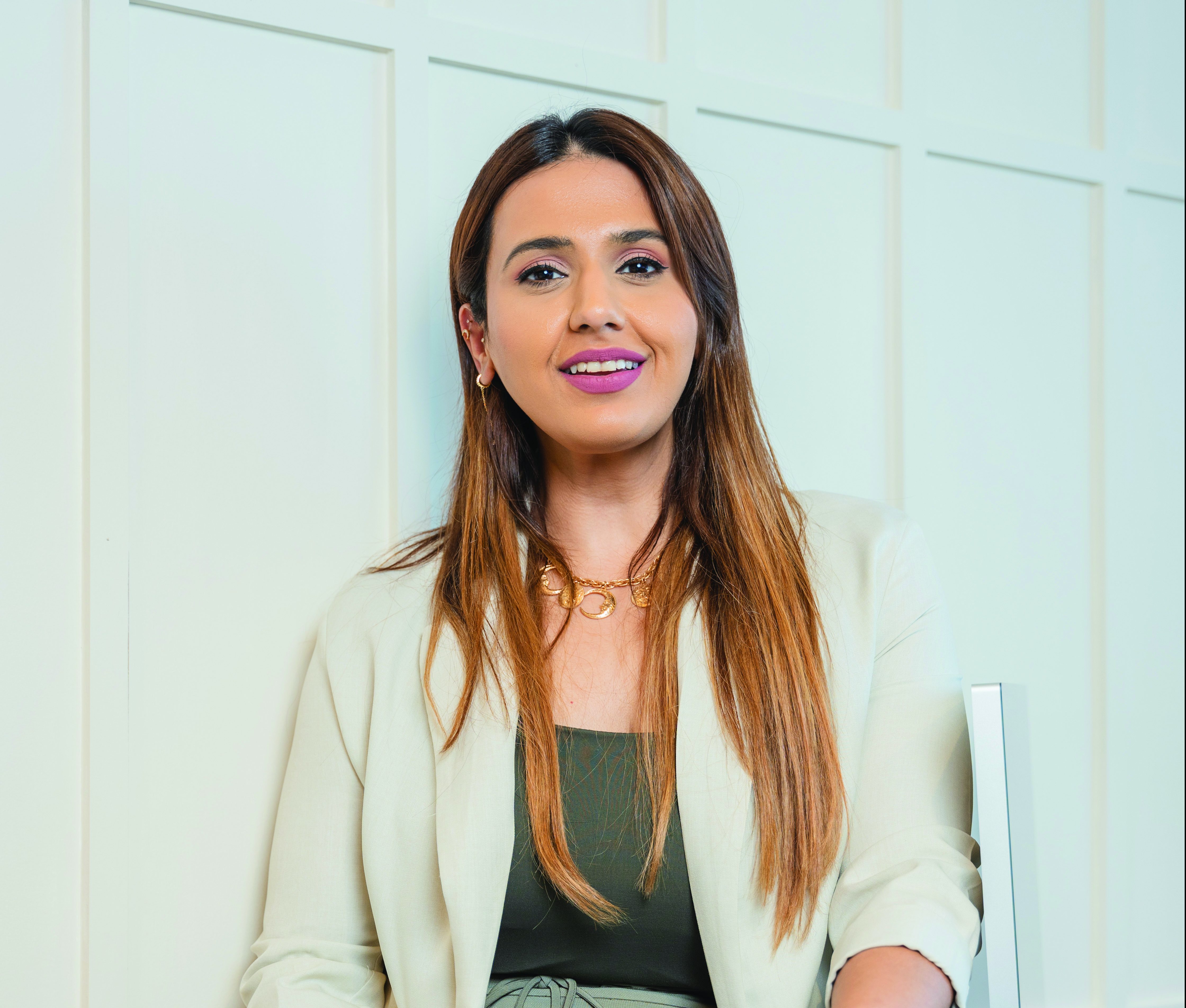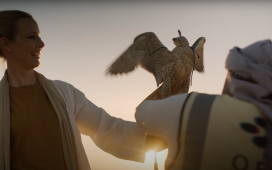
By Nikita Phulwani, founder and managing director at By Niggi Marketing Management
Influencers have become crucial stakeholders for brands and are impacting marketing budgets across the board. It is unsurprising that the influencer marketing industry is set to grow to approximately $21.1 billion in 2023.
I truly believe that influencers should be looked at as a new wave of accessible celebrities. It will be more crucial now, more than ever, to be open to melding the lines where influencers can be involved in marketing campaigns from the get-go and not an afterthought.
Here are some key things to remember to maximise your next influencer campaign:
CHOOSE INFLUENCERS BASED ON OBJECTIVES
Researching, selecting and onboarding influencers can be a demanding process with all the different factors to consider. However, at that moment, it is crucial not to miss the forest for the trees. Remind yourself why you decided to engage with influencers and what the end goal is – is it to drive awareness or push sales?
NUMBERS AREN’T EVERYTHING
Influencers must be looked at as much more than just a number. We have all dealt with the folly of followers. It is easy to look past the smaller, more effective mid and micro-influencers for mega-influencers. However, an authentic and genuine partnership will yield better results for your brand over time rather than just a profile with a large following. Do not shy away from working with someone who may not have a million followers, but has a high engagement rate, aligns with your brand values and appeals to your target customer.
CHOOSING THE RIGHT PLATFORM
The number of platforms brands you can integrate with digitally has grown as well: LinkedIn, TikTok, Snapchat, Youtube, Facebook groups, Instagram or an entirely omnichannel approach might be what you need.
What will help decide the right channels and your final shortlisted influencers on those platforms is an analysis of campaign objectives and demographic research. Interesting insights that can help narrow down those decisions regionally include looking at Snapchat if you are trying to reach an audience based in Saudi Arabia, TikTok to target Gen Zs and YouTube if your product requires more explanation.
THE RISE OF VIRTUAL INFLUENCERS
Although a bigger trend globally, regionally we are witnessing a rise in virtual influencers with Middle East superstar Adeela surpassing the 3 million follower mark. One of the key reasons for the success of virtual influencers is the mystery of the creator behind the characters, which builds up curiosity and interest. With the growth of the metaverse and VR, it can be an interesting approach for brands to consider creating their own virtual influencer.
ONE SHOE DOESN’T FIT ALL
A strategy that might have worked for one product or service doesn’t necessarily work with others. From press trips to long-term ambassadors, event curation or even co-creating products with them – the options are plenty. We do not always have to limit the partnership to a product integration which sometimes can seem a little forced.
One of the most innovative ways to collaborate with influencers is by co-creating products. MAC Cosmetics is one of the pioneers when it comes to exclusive drops with noteworthy names. Their MAC Makers campaign involved co-creating products with leading influencers from the region including Nour Arida, Hindash and Dima AlSheiky.
Another different but great example of a successful long-term influencer ambassador campaign is when Roberto Cavalli opted to make Karen Wazen one of its key faces for its fragrance vertical. It was with the objective of reaching a more youthful demographic. With just three posts Karen was able to accumulate over 273,000 likes, 2,267 comments and generate an impressive $606,000 in media impact value, accounting for 90.86 per cent of the total media impact value.
Whether co-creation or long-term ambassador programmes, all these cases showcase what happens when you identify the right strategy with the right influencer.
CONSUMERS ARE SUPER CONNECTED AND BRANDS NEED TO ACT FAST
We are at a wonderful crossroads in the industry where authenticity and brand values are propelling business decisions. 2023 will be an interesting year, we have already witnessed Gen Z consumers rejecting brands, and influencers de-influencing customers from companies that fail to meet the mark like Balenciaga. Influencers were quick to reject the brand which was applauded by a lot of their followers.
Similarly, brands that are quick to respond to the changing climate are the ones that will stand out. Consumers are even more connected digitally, constantly listening and aware. They want their favourite brands to take a stand on social matters. When Adidas broke ties with Kanye West, it was a bold move that was well-received by consumers.
As marketing leaders, we have to match the pace and respond back as quickly as social media users are consuming content. We have to be willing to attach or detach ourselves from causes that matter and remember that while values do matter, it is crucial to act on them too.
INVOLVING THEM IN THE CREATIVE PROCESS
When brands finalise certain influencers it is for several reasons including the style of content they generate. However, more often than not, brands are quick to hand them a script and in the process, they completely lose the influencer’s interest and trust, defeating the purpose of the entire partnership.
It is better to co-create and plan the content in partnership with the influencer and their style in order to generate more authentic and organic content.









